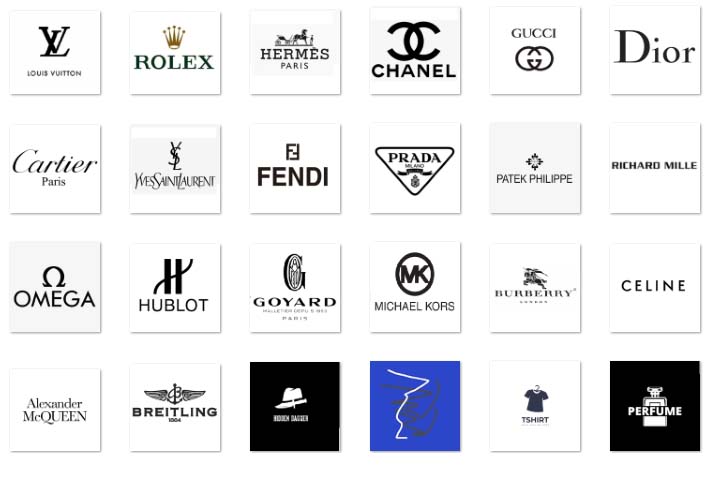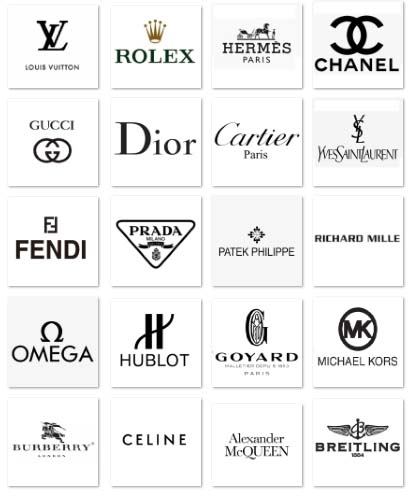leftover stock of manufacturers for gucci clothing | Gucci scrap less program leftover stock of manufacturers for gucci clothing Gucci and Moncler — two brands that refrain from participating heavily in the end-of-season sales cycle — do not currently burn unsold stock, although representatives from the . Remote work opportunities for US-based companies are particularly in-demand as flexible hours, high career growth, generous pay, and the strong US Dollar provide incredible .
0 · Gucci vintage circular hub
1 · Gucci vintage circular
2 · Gucci scrap less program 2022
3 · Gucci scrap less program
4 · Gucci off the grid
5 · Gucci fashion circular hub
6 · Gucci equilibrium plastic
7 · Gucci circular hub
Learn how to use camelcamelcamel.com or the Camelizer browser extension to track the sales and price drops of any product on Amazon. See charts, tables, al.
In 2023 alone, we collected 180 tons of leather leftovers from Gucci’s suppliers totalling 1.148 tons between 2018 and 2023 and 306 tons of textile leftovers, totalling 1.492 tons between 2018 and 2023.
In 2023 alone, we collected 180 tons of leather leftovers from Gucci’s suppliers totalling 1.148 tons between 2018 and 2023. Recovered 306 tons of textiles leftovers, totaling .
However, luxury brands face similar issues of excess stock, especially in times of weakened consumer demand. Luxury brands often employ discreet and strategic methods to .ELI5: What do clothing companies do with stock that didn’t sell by the end of the season? How do high end brands (Gucci, Chanel) do this differently from ‘industrial fashion’ brands (Michael . Gucci and Moncler — two brands that refrain from participating heavily in the end-of-season sales cycle — do not currently burn unsold stock, although representatives from the .
The problem with deadstock and leftover fabrics. Contrary to popular perception, deadstock isn’t necessarily rendered unusable because it is defective or damaged. Short . Last year, LVMH held €3.2 billion (.5 billion) of stock it had written down because of “obsolescence” or lack of sales prospects, up from €2.7 billion in 2022. Gucci-owner Kering . Some luxury houses assembled rip-roaring bonfires, using leftover stock as multi-million dollar tinder. But thanks to environmentally conscious shoppers—and their appreciation . #1.2 Stock Leftover by Manufacturers for Cheap Gucci Clothing #1.2.1 A brief introduction to the remaining stock for Gucci Clothing At present, many factories have some .
Gucci vintage circular hub
In 2023 alone, we collected 180 tons of leather leftovers from Gucci’s suppliers totalling 1.148 tons between 2018 and 2023 and 306 tons of textile leftovers, totalling 1.492 tons between 2018 and 2023. In 2023 alone, we collected 180 tons of leather leftovers from Gucci’s suppliers totalling 1.148 tons between 2018 and 2023. Recovered 306 tons of textiles leftovers, totaling 1,492 leftovers recovered since 2018. However, luxury brands face similar issues of excess stock, especially in times of weakened consumer demand. Luxury brands often employ discreet and strategic methods to offload inventory in a bid to maintain brand image and exclusivity.
Gucci vintage circular
ELI5: What do clothing companies do with stock that didn’t sell by the end of the season? How do high end brands (Gucci, Chanel) do this differently from ‘industrial fashion’ brands (Michael Kors, Zara)? Gucci and Moncler — two brands that refrain from participating heavily in the end-of-season sales cycle — do not currently burn unsold stock, although representatives from the company declined to comment on the record about this.
The problem with deadstock and leftover fabrics. Contrary to popular perception, deadstock isn’t necessarily rendered unusable because it is defective or damaged. Short-sighted production plans and evolving creative requirements often hold responsibility for the unsold inventory sitting in warehouses. Last year, LVMH held €3.2 billion (.5 billion) of stock it had written down because of “obsolescence” or lack of sales prospects, up from €2.7 billion in 2022. Gucci-owner Kering recorded a €1.5 billion allowance for its inventory, an increase from €1.3 billion a year earlier.
Some luxury houses assembled rip-roaring bonfires, using leftover stock as multi-million dollar tinder. But thanks to environmentally conscious shoppers—and their appreciation for old (er). #1.2 Stock Leftover by Manufacturers for Cheap Gucci Clothing #1.2.1 A brief introduction to the remaining stock for Gucci Clothing At present, many factories have some surplus/returned/temporarily canceled authentic designer clothing for some well-known brands.Our manufacturing supply chain includes both internal facilities that are owned and directly managed by Gucci and external facilities managed by trusted suppliers. 95% of our manufacturers are based in Italy.
In 2023 alone, we collected 180 tons of leather leftovers from Gucci’s suppliers totalling 1.148 tons between 2018 and 2023 and 306 tons of textile leftovers, totalling 1.492 tons between 2018 and 2023. In 2023 alone, we collected 180 tons of leather leftovers from Gucci’s suppliers totalling 1.148 tons between 2018 and 2023. Recovered 306 tons of textiles leftovers, totaling 1,492 leftovers recovered since 2018. However, luxury brands face similar issues of excess stock, especially in times of weakened consumer demand. Luxury brands often employ discreet and strategic methods to offload inventory in a bid to maintain brand image and exclusivity.
ELI5: What do clothing companies do with stock that didn’t sell by the end of the season? How do high end brands (Gucci, Chanel) do this differently from ‘industrial fashion’ brands (Michael Kors, Zara)? Gucci and Moncler — two brands that refrain from participating heavily in the end-of-season sales cycle — do not currently burn unsold stock, although representatives from the company declined to comment on the record about this. The problem with deadstock and leftover fabrics. Contrary to popular perception, deadstock isn’t necessarily rendered unusable because it is defective or damaged. Short-sighted production plans and evolving creative requirements often hold responsibility for the unsold inventory sitting in warehouses.

chanel coco mademoiselle small bottle
Last year, LVMH held €3.2 billion (.5 billion) of stock it had written down because of “obsolescence” or lack of sales prospects, up from €2.7 billion in 2022. Gucci-owner Kering recorded a €1.5 billion allowance for its inventory, an increase from €1.3 billion a year earlier.
Some luxury houses assembled rip-roaring bonfires, using leftover stock as multi-million dollar tinder. But thanks to environmentally conscious shoppers—and their appreciation for old (er). #1.2 Stock Leftover by Manufacturers for Cheap Gucci Clothing #1.2.1 A brief introduction to the remaining stock for Gucci Clothing At present, many factories have some surplus/returned/temporarily canceled authentic designer clothing for some well-known brands.
Gucci scrap less program 2022
$12.93
leftover stock of manufacturers for gucci clothing|Gucci scrap less program

























